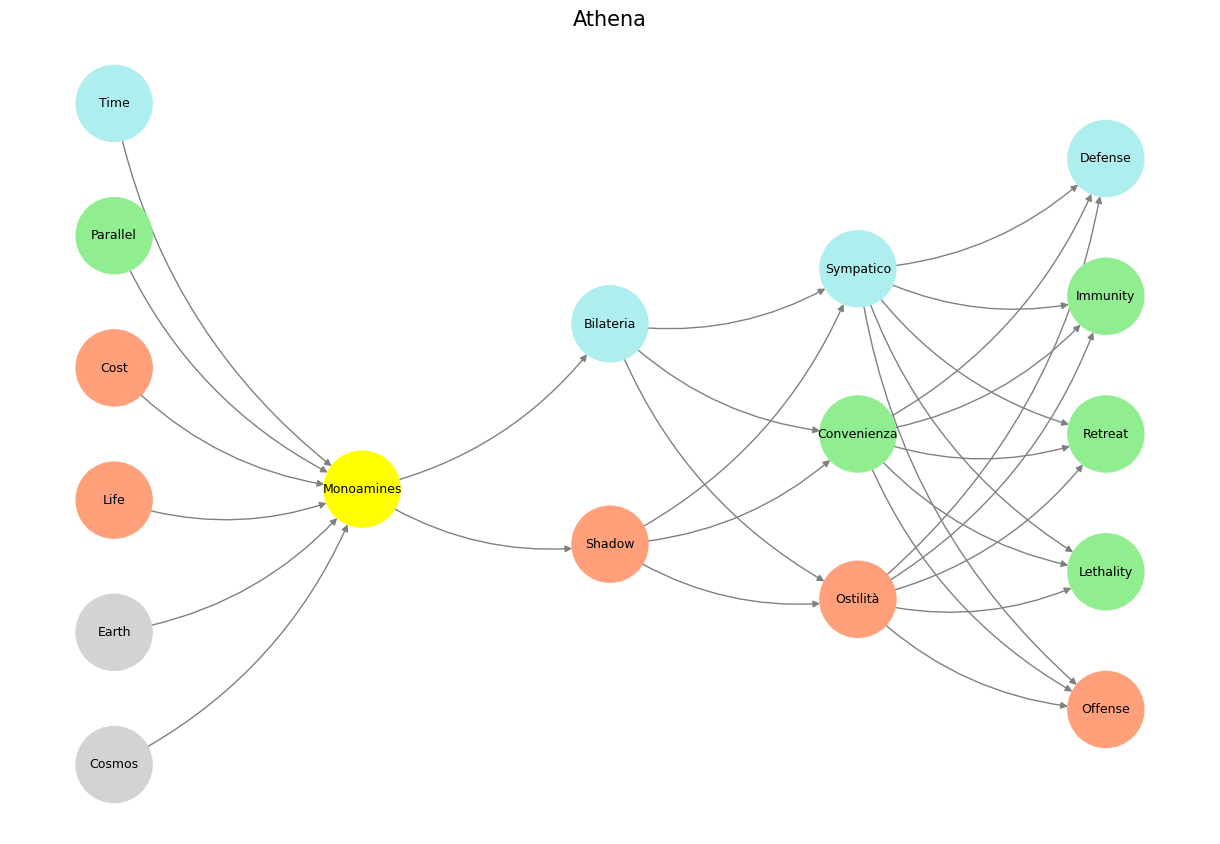Orient#
Yes, Athena was indeed linked to horses, though not as prominently as gods like Poseidon. Her association with horses primarily arises from her role as a goddess of civilization, strategy, and ingenuity. Horses, being vital to both warfare and transportation in ancient Greece, symbolized strength, nobility, and technological advancement, all qualities that resonated with Athena’s domain.
Fig. 29 The Wabbit? Let’s think of the rabbit hole as a massive combinatorial search space. Is it cooperative, iterative, or adversarial? Let’s clarify one thing: “Kill the Wabbit” is outright adversarial. So our discussion is about “Following the Wabbit!”#
Key Connections Between Athena and Horses:#
Invention of the Bridle: Athena was credited with the invention of the bridle and harness, which allowed humans to tame and control horses. This invention was seen as a triumph of intellect over brute force, a recurring theme in her mythology. By enabling the domestication of horses, Athena contributed to the advancement of warfare, agriculture, and mobility—key pillars of civilized life.
Conflict with Poseidon: Athena’s connection to horses becomes more nuanced in her rivalry with Poseidon. While Poseidon was the god who created the horse, Athena’s mastery over tools and strategy often stood in contrast to Poseidon’s raw power. In their contest to become the patron deity of Athens, Poseidon’s gift of the horse (or a saltwater spring, depending on the version) was deemed less useful than Athena’s gift of the olive tree, a symbol of peace, prosperity, and practical utility.
Symbol of Strategic Warfare: Horses were central to ancient Greek warfare, particularly in chariotry and cavalry. Athena, as a goddess of strategic warfare, would naturally be linked to such symbols of martial prowess. While she is not often depicted riding a horse herself, her association with the tools and strategies that made horses effective in battle reinforces her indirect connection.
The Trojan Horse: Athena played a pivotal role in the myth of the Trojan Horse, which underscores her association with cunning strategy. Although the horse itself was not directly linked to Athena, the use of deception and ingenuity in crafting and employing the horse to infiltrate Troy aligns perfectly with her character. The Greeks dedicated the success of this ruse to Athena, recognizing her as the divine force behind their victory.
Horses in Athena’s Broader Symbolism:#
Athena’s connection to horses reflects her role as a mediator between chaos and order, nature and civilization. Where Poseidon represents the untamed, wild power of the sea and horses, Athena embodies the human capacity to channel and refine that power into something constructive and disciplined. This duality highlights her broader function as a goddess who brings balance and innovation to society.
Athena’s symbolic relationship with horses thus complements her portrayal as a goddess of wisdom and ingenuity, further emphasizing her influence over the civilizing forces of ancient Greek culture.
Show code cell source
import numpy as np
import matplotlib.pyplot as plt
import networkx as nx
# Define the neural network structure
def define_layers():
return {
'World': ['Cosmos', 'Earth', 'Life', 'Cost', 'Parallel', 'Time', ],
'Perception': ['Monoamines'],
'Agency': ['Shadow', 'Bilateria'],
'Generativity': ['Ostilità', 'Convenienza', 'Sympatico'],
'Physicality': ['Offense', 'Lethality', 'Retreat', 'Immunity', 'Defense']
}
# Assign colors to nodes
def assign_colors():
color_map = {
'yellow': ['Monoamines'],
'paleturquoise': ['Time', 'Bilateria', 'Sympatico', 'Defense'],
'lightgreen': ['Parallel', 'Convenienza', 'Immunity', 'Retreat', 'Lethality'],
'lightsalmon': [
'Cost', 'Life', 'Shadow',
'Ostilità', 'Offense'
],
}
return {node: color for color, nodes in color_map.items() for node in nodes}
# Calculate positions for nodes
def calculate_positions(layer, x_offset):
y_positions = np.linspace(-len(layer) / 2, len(layer) / 2, len(layer))
return [(x_offset, y) for y in y_positions]
# Create and visualize the neural network graph
def visualize_nn():
layers = define_layers()
colors = assign_colors()
G = nx.DiGraph()
pos = {}
node_colors = []
# Add nodes and assign positions
for i, (layer_name, nodes) in enumerate(layers.items()):
positions = calculate_positions(nodes, x_offset=i * 2)
for node, position in zip(nodes, positions):
G.add_node(node, layer=layer_name)
pos[node] = position
node_colors.append(colors.get(node, 'lightgray')) # Default color fallback
# Add edges (automated for consecutive layers)
layer_names = list(layers.keys())
for i in range(len(layer_names) - 1):
source_layer, target_layer = layer_names[i], layer_names[i + 1]
for source in layers[source_layer]:
for target in layers[target_layer]:
G.add_edge(source, target)
# Draw the graph
plt.figure(figsize=(12, 8))
nx.draw(
G, pos, with_labels=True, node_color=node_colors, edge_color='gray',
node_size=3000, font_size=9, connectionstyle="arc3,rad=0.2"
)
plt.title("Athena", fontsize=15)
plt.show()
# Run the visualization
visualize_nn()


Fig. 30 IT’S A REALLY, surprisingly user-friendly experience,” says Stephen Askins, a shipping lawyer, of his interactions with the Houthis, the militia that has been attacking commercial ships in the Red Sea for more than a year. “You write to them, respectfully. They write back, respectfully, and wish you a happy passage.” Source: Economist#

